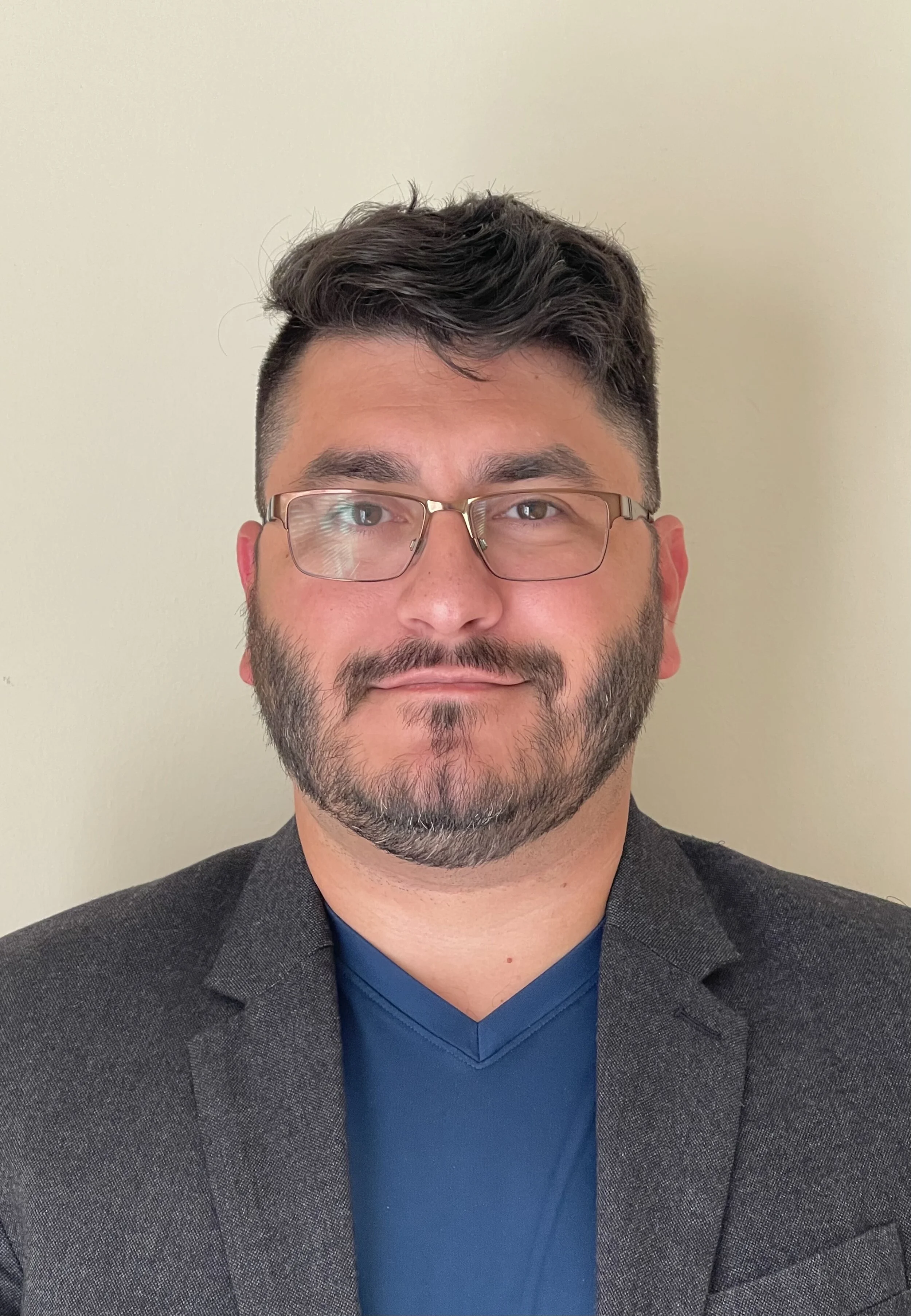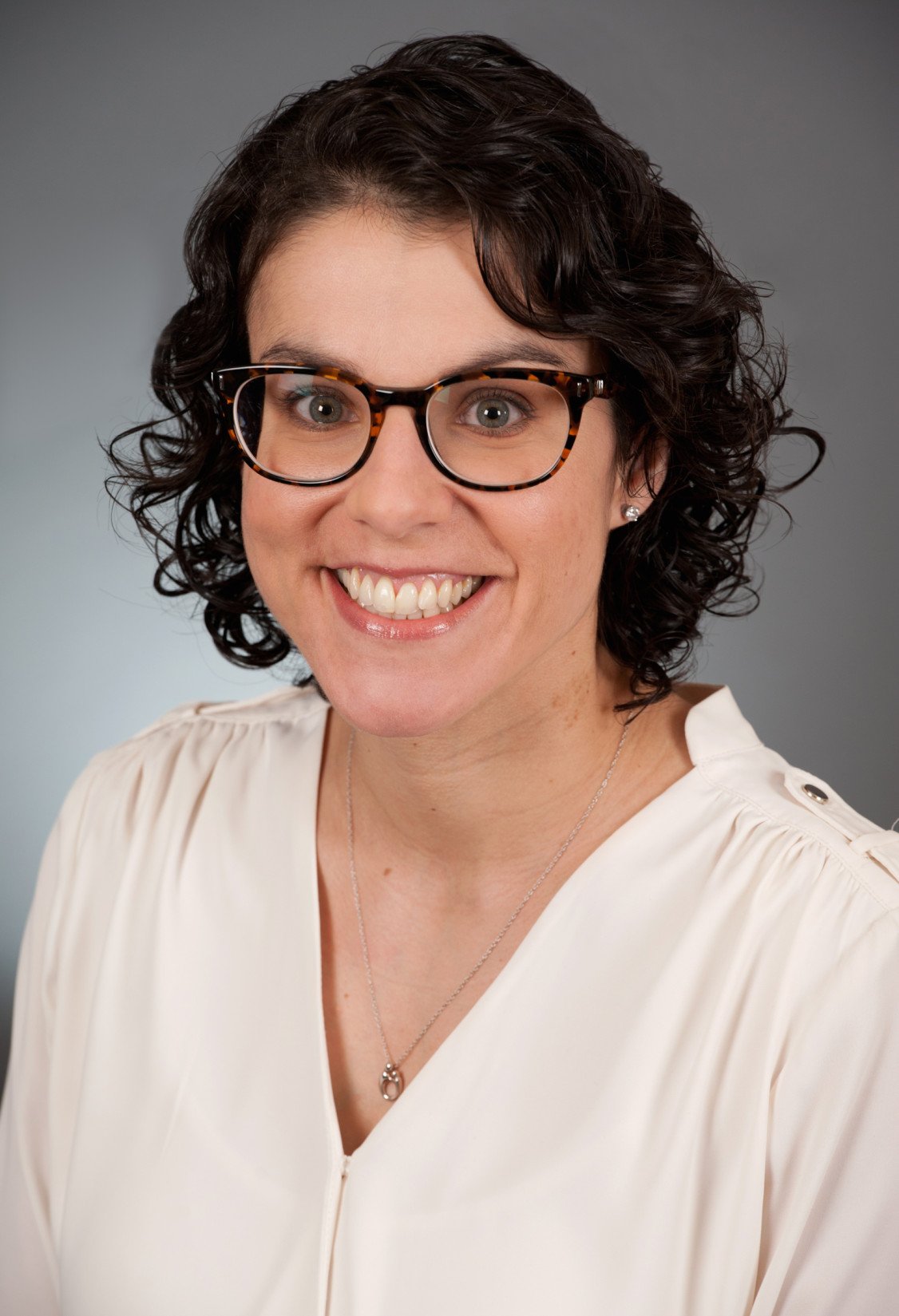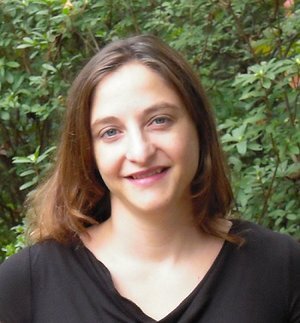University at Buffalo, the State University of New York
Noise-induced tinnitus in mice
Animal models of tinnitus have employed many different behavioral techniques, only one of which is not subject to motivational issues and changes in auditory acuity. Tinnitus has previously been induced in rats following a sodium salicylate injection. In the present proposal, this paradigm will be modified to investigate tinnitus in mice. These experiments as a whole aim to determine the time course of tinnitus and its recovery following nontraumatic noise exposures in mice. Until there is an objective measure that separates hearing loss from tinnitus, it is difficult to use mice to study tinnitus. This project seeks to define a way to measure and characterize tinnitus in the awake and behaving mouse model in order to compare this to humans with tinnitus.

















